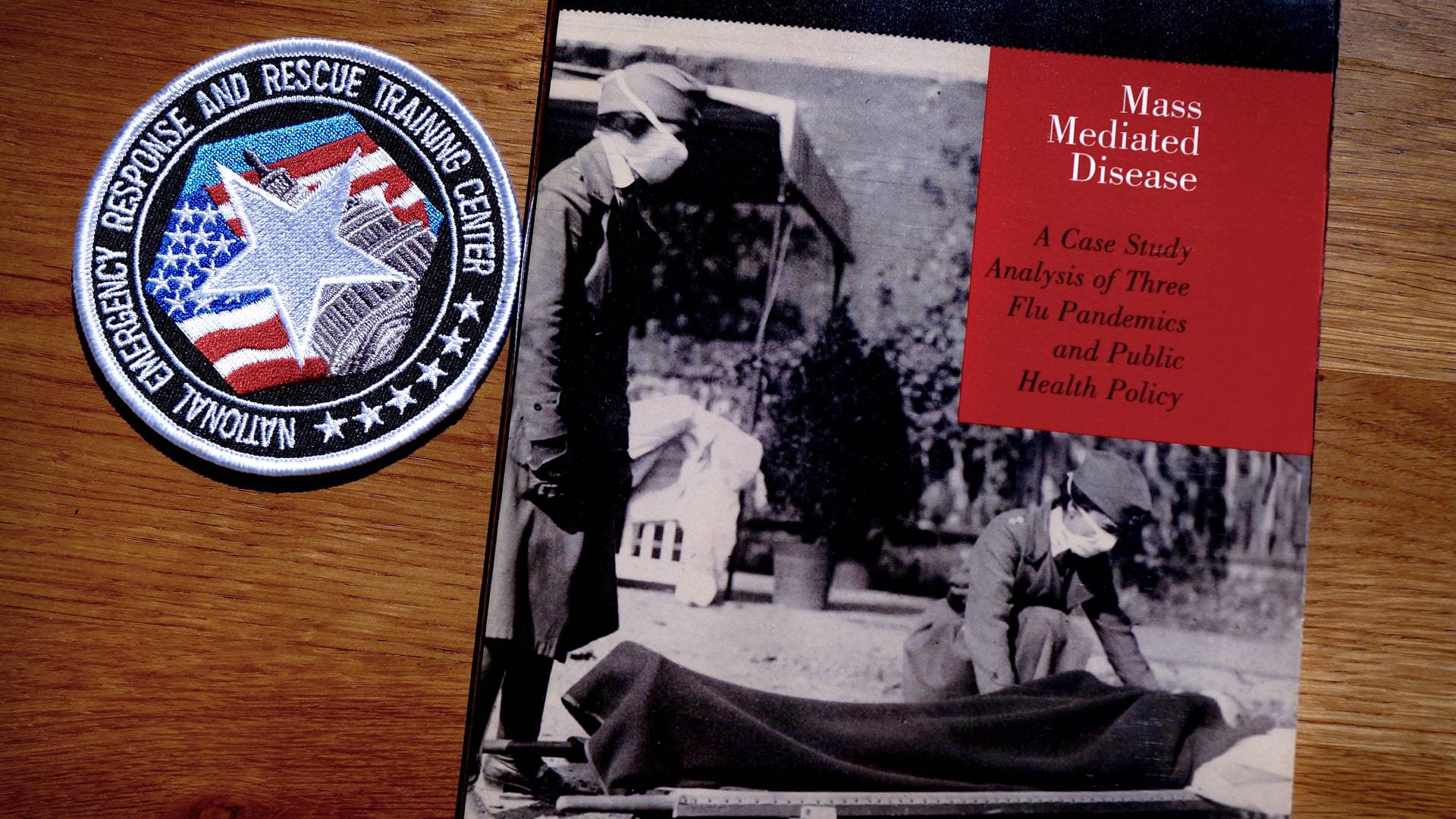Expert compares COVID-19 to other historic pandemics, shares insights
April 1, 2020 | UHCL Staff
In the realm of infectious diseases, a pandemic is the worst-case scenario. As the
U.S. continues to cope with the rapid spread of COVID-19, University of Houston-Clear
Lake’s Associate Professor of Communication and Digital Media Studies Debra Clark, who authored a book focusing on the role media played in three specific pandemics
in American history, shared her insights about the current public health crisis.
“My research showed that pandemics like influenza encompassed 50 years of history,
from the birth of true public health and science reporting to what we should be doing
currently,” said Clark, who began her undergraduate career with a combined journalism-pre-med
degree. “I wanted to write about public health, science reporting, and a disease in
simplified language so people can make sense of it. For me, journalism and medicine
go hand in hand.”
Her book, “Mass Mediated Disease: A Case Study Analysis of Three Flu Pandemics and Public Health
Policy,” was published under her former name, Debra E. Blakely, in 2006 by Lexington Books,
and a second edition was published in 2007. The book spotlights the Spanish influenza
pandemic of 1918, the Asian influenza pandemic in 1957, and the Hong Kong influenza
pandemic in 1968 through discussions of news stories reported by international newspapers
and journals.
“I find so many similarities with COVID-19 to the 1918 Spanish flu pandemic,” Clark
said. That flu, she explained, originated in Ft. Riley, Kansas, where the major food
deployment was located for the military going to World War I. “It was the perfect
breeding ground for the virus, and our soldiers, who were called ‘Doughboys’ because
they were so strong and healthy, took the virus with them and it went unchecked worldwide
very fast,” she said.
The Spanish flu was able to spread so quickly because of a lack of preparation and
miscommunication. “The health care systems became overwhelmed, there wasn’t a vaccine,
and although they did enact public health policies, it was city by city and took too
much time,” she said. “As the spread went national, it was too late. We are seeing
the same things today. Misinformation and lack of knowledge about public health is
keeping everyone from being on the same page about what to do.”
Correct communication is key, she said, because the information is shared with the
media, which constructs how the public learns about health. “What the media reports
drives public health policies, both then and now,” she said. “We need to be doing
presumptive testing, we need to look more closely at the spread of infection, and
we should assume everyone has it. Only 20% of the population will be most affected
by it, but it’s still a very nasty virus and it is going to be disruptive, whether
it is deadly or not.”
She said emergency preparedness is another critical factor in getting ahead of a contagion.
“The World Health Organization alerts came out about a rapidly spreading virus in December 2019,” she said. “Ironically,
the WHO had released a statement in February 2019, that warned should a pandemic occur,
most countries were not prepared. It would have been up to the Homeland Security Pandemic
Task Force to tell public health officials to dust off their plans and be better prepared
to activate their emergency preparedness plans on the local, state and national levels.
Every crisis is local, but all authorities on all levels have to be on the same page.”
The Homeland Security Pandemic Task Force was eliminated along with other proposed
budget cuts to the Centers for Disease Control and Prevention in 2018.
The most arduous process for this situation, Clark said, is developing a vaccine.
“The vaccine has to be developed, tested, produced and distributed,” she said. “That’s
why it takes so long. We don’t know enough about this virus yet,” she said. “We have
to make sure there won’t be a second wave as there was in 1918.”
Based on her research from the previous pandemics, Clark said she anticipates the
virus could continue spreading till the fall. “It could make a complete curve,” she
said. “I estimate a vaccine might be ready in December. It will depend on the process.
The reality is, we should always be prepared for any pandemic, terrorist act or war.”
Learn more about UHCL’s Digital Media Studies program online.
About the Author:
Recent entries by
October 18 2022
Better technology transforms campus safety: Police Chief demonstrates SafeZone to students
October 14 2022
Student's skill with drones takes chicken turtle research to new heights
October 11 2022
Planting event to help UHCL restore native plants to campus, support environmental sustainability







